When Japan's Debt Ridden Economy Collapses
Economics / Japan Economy Sep 16, 2010 - 04:27 AM GMTBy: James_Quinn
 Only a partisan two-bit hack economist/liberal rag columnist from an Ivy League University with a Nobel Prize could look at the following two charts and conclude that the Japanese Government failed to revive the Japanese economy over the last twenty years because they spent far too little on fiscal stimulus. Japanese government debt as a percentage of GDP was 52% in 1989, prior to their real estate and stock market crash. Today it stands at 200% of GDP. Current budget projections show the debt reaching 250% of GDP by 2015.
Only a partisan two-bit hack economist/liberal rag columnist from an Ivy League University with a Nobel Prize could look at the following two charts and conclude that the Japanese Government failed to revive the Japanese economy over the last twenty years because they spent far too little on fiscal stimulus. Japanese government debt as a percentage of GDP was 52% in 1989, prior to their real estate and stock market crash. Today it stands at 200% of GDP. Current budget projections show the debt reaching 250% of GDP by 2015.
Meanwhile, Japanese consumers and corporations have been reducing their debt for the last 16 years. The net result has essentially been a 20 year recession. The pundits who never see a crisis on the horizon point to the fact that Japan has not collapsed under the weight of this debt as proof that the U.S. debt level of 90% of GDP has plenty of room to grow without negative repercussions. This is the same reasoning "experts" used in 2005 when they proclaimed that home prices in the U.S. had NEVER fallen on a national basis, so therefore there was no reason to worry about home prices. A basic economic law is that an unsustainable trend will not be sustained. When the 3rd largest economy in the world implodes, the reverberations will be felt across the globe.
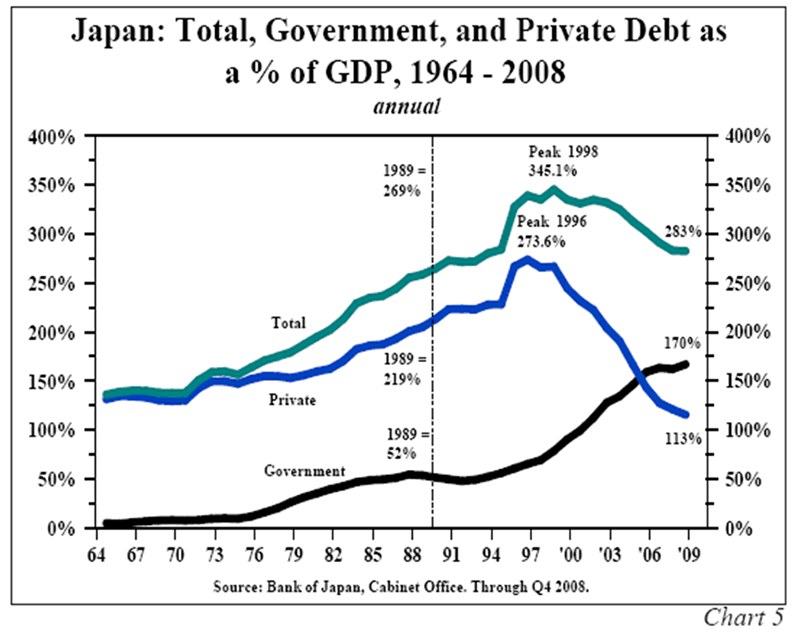
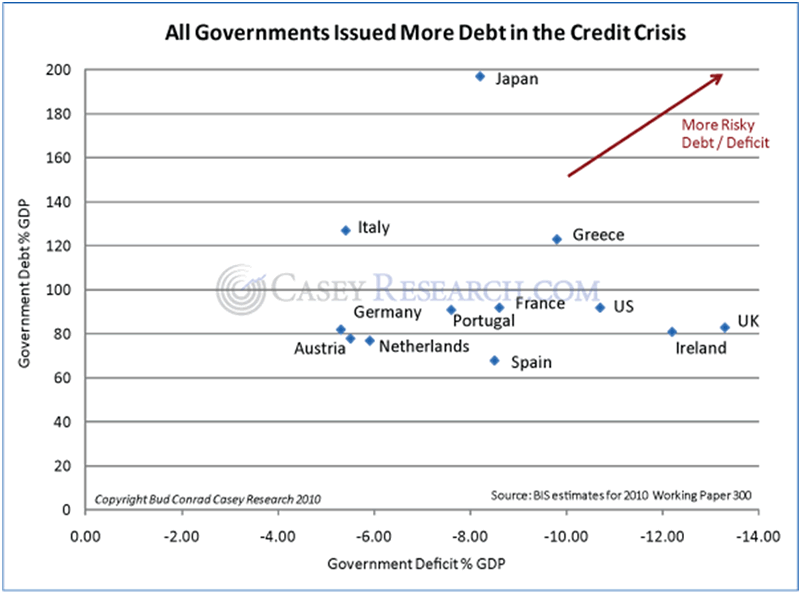
John Mauldin has described Japan as a bug in search of a windshield. Bug meet windshield.

The "nothing bad has happened so far" crowd continues to spout fallacies about the Japanese owning the debt to themselves and their high savings rates as the reason that Japanese debt can continue to grow. About 95% of Japan's debt is held domestically, which sovereign-debt agencies have said supports the country's creditworthiness even as borrowings have reached 200% of gross domestic product. In a sign that base is waning, Japan's public pension fund, holder of 12% of outstanding debt, sold more government bonds than it bought for the first time in nine years. The National Savings rate has declined from 18% in 1980 to 2% today. The days when the Japanese could issue long term bonds yielding 1% and have it all bought by Japanese citizens is over. In 2010, the Japanese government will issue an additional ¥53 trillion in government debt. At the same time tax revenues will drop from ¥46 trillion to ¥37 trillion. Do you see the bug approaching the windshield?
The Japanese government has spent two decades squandering the wealth of its citizens. The New York Times detailed the trillions wasted in a story last year:
Japan's rural areas have been paved over and filled in with roads, dams and other big infrastructure projects, the legacy of trillions of dollars spent to lift the economy from a severe downturn caused by the bursting of a real estate bubble in the late 1980s. During those nearly two decades, Japan accumulated the largest public debt in the developed world while failing to generate a convincing recovery. Between 1991 and 1995, Japan spent some $2.1 trillion on public works, in an economy roughly half as large as that of the United States, according to the Cabinet Office.
Dr. Ihori of the University of Tokyo did a survey of public works in the 1990s, concluding that the spending created almost no additional economic growth. Instead of spreading beneficial ripple effects across the economy, he found that the spending actually led to declines in business investment by driving out private investors. He also said job creation was too narrowly focused in the construction industry in rural areas to give much benefit to the overall economy. He agreed with other critics that the 1990s stimulus failed because too much of it went to roads and bridges, overbuilding this already heavily developed nation. Critics also said decisions on how to spend the money were made behind closed doors by bureaucrats, politicians and the construction industry, and often reflected political considerations more than economic.
In Hamada, residents say the city's most visible “hakomono,” the Japanese equivalent of “white elephant,” was its own bridge to nowhere, the $70 million Marine Bridge, whose 1,006-foot span sat almost completely devoid of traffic on a recent morning. Built in 1999, the bridge links the city to a small, sparsely populated island already connected by a shorter bridge. “Roads and bridges are attractive, but they create jobs only during construction,” said Shunji Nakamura, chief of the city's industrial policy section. “You need projects with good jobs that will last through a bad economy.”
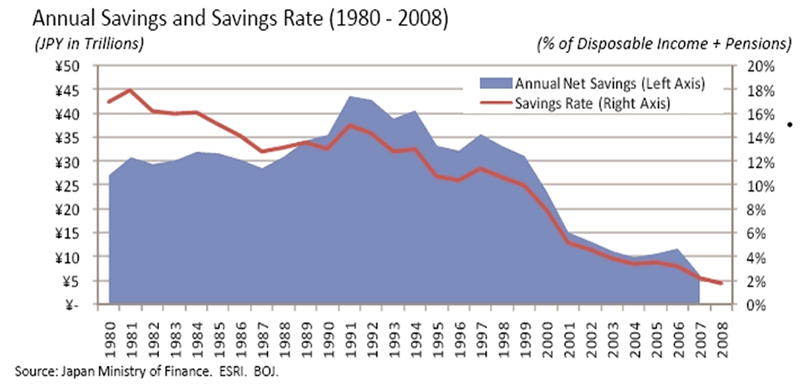
Last year, Moodys downgraded Japan from a AAA rating with the following warning:
The rating reflects the risks of Japan's high level of debt, which leaves the country's fiscal position vulnerable to shocks or imbalances that would cause a sharp rise in interest rates. The ratings also reflect the sizable but temporary increase in the government's budget deficit caused by the severe effects of the global collapse in trade and recession on the Japan's economy. Further, Japan's large foreign exchange reserves, although large compared to those of most other countries, are only a small fraction of its liabilities and could not alone eliminate refinancing risk at a time of severe stress.
For the government's bond rating to move higher, Japan's economy would need a sustained recovery and the government would need to shrink its budget deficit and lower its debt trajectory. Conversely, the bond rating would be under pressure if the trend in debt increases continues, which could result from demographic pressures on social welfare and pension expenditures, or if the market loses enthusiasm for the government's new debt issuances.
The Japanese have kept their interest rates under 2% for the last 15 years. With a current rate of 0.3%, there is no room for further decreases. The concept was that these rates would spur businesses to expand and invest. They would spur Japanese savers to become Japanese spenders. Neither happened. Instead, investors throughout the world borrowed Yen at 1% and invested the proceeds in investments that would earn in excess of 1% - the carry trade.
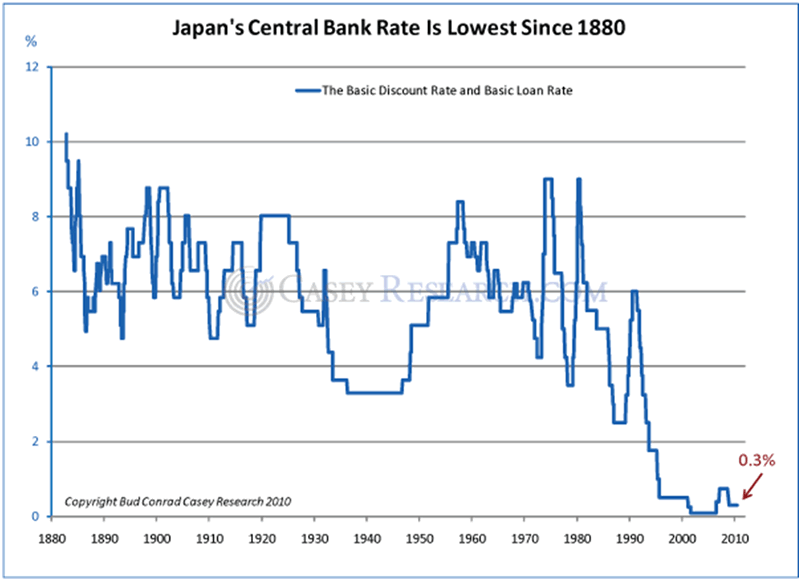
There has been only one reason that investors have accepted virtually no interest income on Japanese bonds. The relentless strength of the Japanese Yen has made up for the lack of interest. The Yen has appreciated 100% versus the USD since 1995. The Yen has stayed strong despite a weak economy because Japan has run a massive trade surplus for decades. That unsustainable trend is also coming to an end. China, Vietnam, Indonesia, and other developing Asian countries can produce the crap that Americans desire much cheaper than Japan. The Japanese trade surplus has begun to plummet. The Japanese politicians are flailing about trying to revive their exports. Yesterday's intervention in the currency markets to weaken the Yen is a sign of desperation. It will fail. Every Central Bank in the world is trying to devalue their way to prosperity.
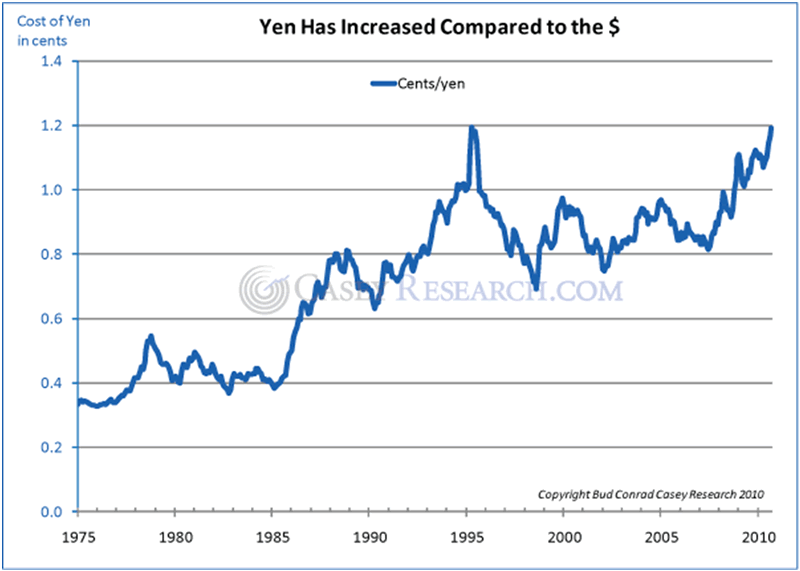
The more you analyze Japan's predicament the more you realize that there is no way out. They are trapped in a boundless morass of uncertainty. If they successfully weaken the Yen, why will foreign investors invest in their debt paying 1%? As the following chart clearly shows, Japan has a bit of an aging problem. By 2050, 40% of the Japanese population will be over 65 years old. Their population will be in a relentless death spiral for decades. Japanese elderly will be selling Japanese bonds in order to survive. Japan's biggest customer for their debt will no longer be a buyer, they'll be a seller.
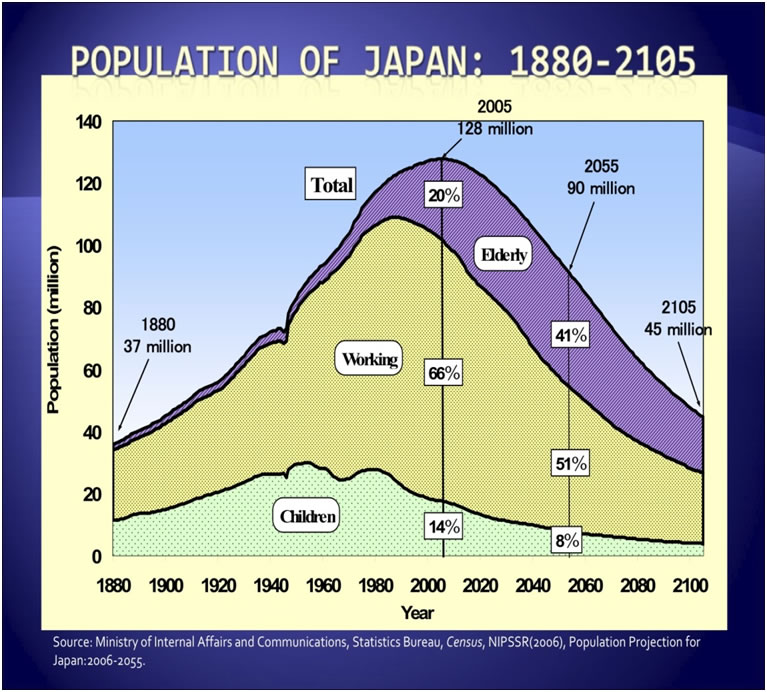
It should be clear that Japan is stuck between a rock and a hard place. A weakening Yen combined with a demographic nightmare would reduce demand for bonds paying 1.0%. This isn't a positive development when you are running $600 billion annual deficits and desperately need investors to buy your debt. When demand for your debt is weak, increasing the interest rate you pay is the logical next step. Sounds reasonable unless you already have $10 trillion of debt outstanding. Currently, interest rates on 10-year Japanese government bonds are hovering around 0.5%. Even at these extraordinarily low interest rates, debt service already consumes 59% of all Japanese tax revenues.
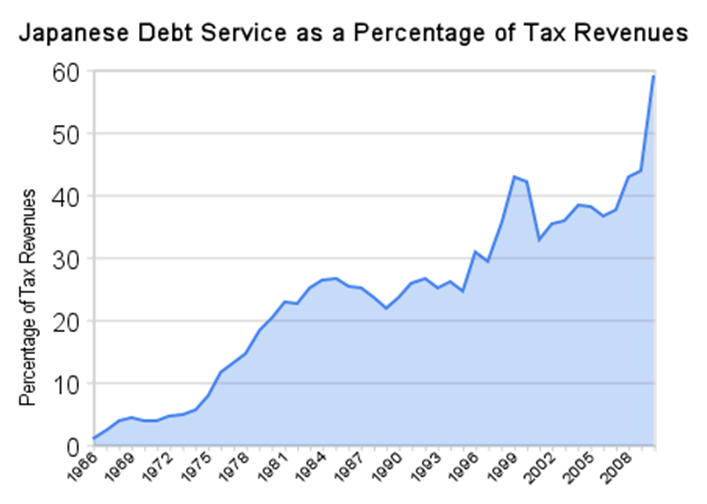
If the market demands an interest rate of anything more than 3.5% to buy their debt then Japan will not have the revenue to service its debt. As the interest rate approaches 3.5% Japan must use all its tax revenue to pay interest on its debt. It becomes readily apparent that Japan will eventually be forced to default on their debt. There are no good options left. A minor uptick in interest rates will sink the 3rd largest economy on the planet. The near failure of a 3rd world country (Greece) turned the world upside down. The failure of Japan would likely touch off a worldwide crash.

Japan is the Titanic and it has already hit the iceberg. It is taking on water rapidly. Paul Krugman has recommended that the captain speed up and all will be well. There aren't enough lifeboats. Intervention in the currency markets are on par with rearranging the deck furniture. More stimulus is on par with the band playing while the boat sinks. The destination is certain and time is running out.
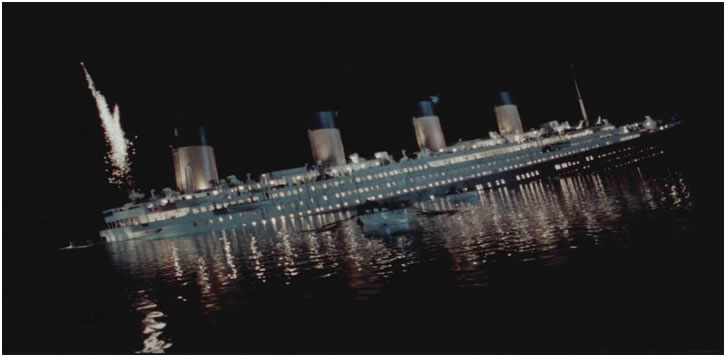
Join me at www.TheBurningPlatform.com to discuss truth and the future of our country.
By James Quinn
James Quinn is a senior director of strategic planning for a major university. James has held financial positions with a retailer, homebuilder and university in his 22-year career. Those positions included treasurer, controller, and head of strategic planning. He is married with three boys and is writing these articles because he cares about their future. He earned a BS in accounting from Drexel University and an MBA from Villanova University. He is a certified public accountant and a certified cash manager.
These articles reflect the personal views of James Quinn. They do not necessarily represent the views of his employer, and are not sponsored or endorsed by his employer.
© 2010 Copyright James Quinn - All Rights Reserved
Disclaimer: The above is a matter of opinion provided for general information purposes only and is not intended as investment advice. Information and analysis above are derived from sources and utilising methods believed to be reliable, but we cannot accept responsibility for any losses you may incur as a result of this analysis. Individuals should consult with their personal financial advisors.
James Quinn Archive |
© 2005-2022 http://www.MarketOracle.co.uk - The Market Oracle is a FREE Daily Financial Markets Analysis & Forecasting online publication.



